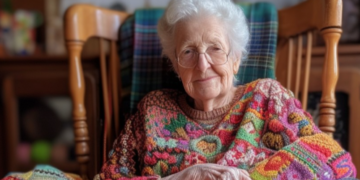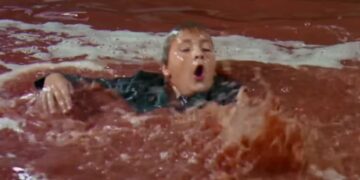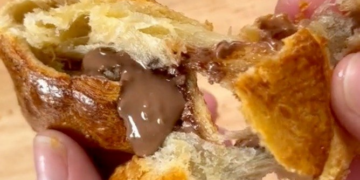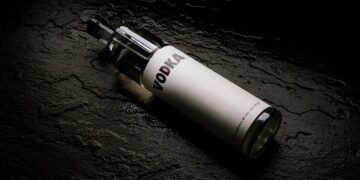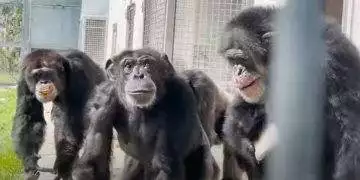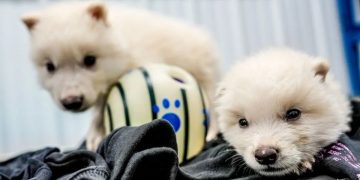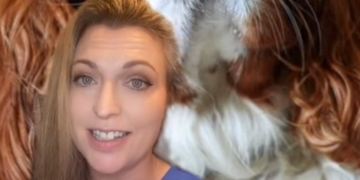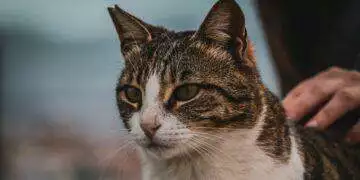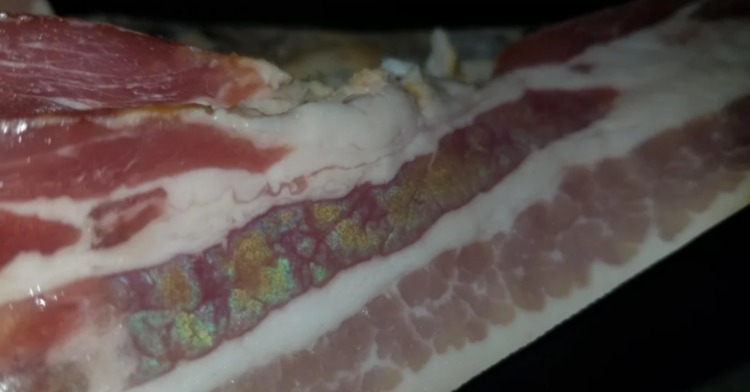The Nobel Prize is just about universally known but there’s a significantly better chance that you haven’t heard of the Ig Nobel prizes.
As The Guardian outlined , these are sort of joke Nobel prizes that reward research that was conducted as thoroughly as any other, but that examined either trivial or straight-up bizarre things about our world. For instance, one of the people who won in 2016 sought to discover the reproductive effects of putting pants on rats.
If these prizes had been around in 1911, then you can bet that one daring radiochemist would have snagged an Ig Nobel for himself for one bizarrely thorough experiment.
George de Hevesy isn’t exactly a household name but you could likely name quite a few scientists who owe their own research to his innovations.

According to the Nobel Prize committee’s website , this was because of his groundbreaking work in the use of isotopes as tracers for various chemical processes.
This work would eventually win him the Nobel Prize for chemistry in 1943.
But while he was much less acclaimed 32 years earlier, one bizarre anecdote proves he was just as resourceful back then.

This tale appeared in an article from The Journal of Nuclear Medicine Technology and recounts a time when he was living in a Manchester boarding house with another Nobel Prize-winning scientist, Ernest Rutherford.
Apparently, Hevesy had long suspected that the landlady at this house had been reusing old meat. If she served fresh meat on Sunday, that same meat would be found in the goulash she served on Wednesday, for example.
But when he asked if it was possible to have fresh meat more than once a week, she told Hevesy that she served him fresh meat every day.

This hardly convinced him so he decided that before she took away his table scraps one day, he would put a tiny amount of an unspecified radioactive material in one of those scraps.
And when she served a suspicious-looking hash a few days later, Hevesy brought an electroscope like this one to the table.

With it, he was able to determine that the now radioactive scrap had indeed been reused and she hadn’t been telling the truth about serving fresh meat every day.
In response, she reportedly exclaimed, “This is magic!”
In the article, William G. Myers credited Hevesy for what could be the world’s first tagging experiment, which means he may have developed strategies that were eventually used for keeping track of wildlife and livestock decades earlier than people thought.

